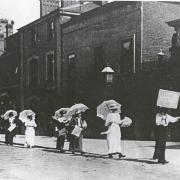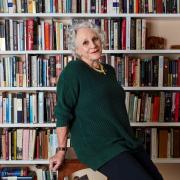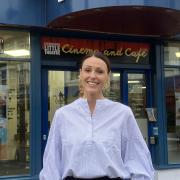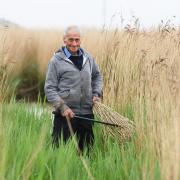From Sheringham to Thetford and Downham Market to Hembsy, the Community First Responder volunteers are poised to help

A 999 call comes in. A man has collapsed. An ambulance is despatched – but in the vital, panicked minutes before professional help arrives, a neighbour turns up too. She has a defibrillator, oxygen, dressings and pulse monitoring machine, and knows how to use it all.

Across Norfolk, lives are regularly saved by volunteers, working as Community First Responders.

Trained and co-ordinated by the ambulance service, these people are often nearest to a medical emergency and first on the scene. “I came across it because my father was ill and community responders came out to him,” says Christine Wheeler, who now co-ordinates two groups of volunteers, in Lingwood and Strumpshaw, and in Brundall and Blofield, east of Norwich.

There are 74 groups in Norfolk, with a total of around 250 volunteers, and the network extends across the county, region and country.

There are no blue lights or sirens; instead the volunteers bring intensive training and a comprehensive medical kit.
“The reason that responders was set up in the first place was to do with cardiac arrests because the time frame really matters,” says Christine. “We carry defibrillators and are trained to deal with cardiac arrest but that is quite rare. We also deal with seizures, anaphylactic shock, strokes, diabetic problems…”
She worked as an occupational therapist before retiring, and has been involved in medicine and caring almost all her life, starting out as a Red Cross cadet. But volunteers do not need prior medical experience – just a caring nature and willingness to learn. In her responder groups there are also young parents and the early retired, students, teachers, business people, carers and office workers.
They are on call for an average of 18 hours a week each, but Christine says: “It can be hours on call and nothing; people aren’t dropping like flies in these villages! You can go whole mornings and get nothing and then three or four together.”
There is always an ambulance on the way too, but the responders are often first on the scene.
“People are so pleased to see us,” says Christine. “We have definitely saved lives. We have been to people who have been seriously ill; we have been to cardiac arrests where that person has survived, and in between that you do get a situation where somebody is given cpr (cardiopulmonary resuscitation) and they do survive; maybe they only survive a few days but it allows time for families to say goodbye. Once in a while we get a card or an email saying thank you and that’s fantastic.”
Community First Responders not only deal with life-threatening emergencies such as suspected heart attacks, choking, epilepsy, and collapses, they also help educate people.
Their own training includes an initial three-day course, plus a shift on an ambulance shadowing a crew, and an annual reassessment.
“We go and train people, go into schools, youth groups, teach cpr, teach young children what to do in an emergency, how to call for help,” says Christine. “We also fundraise for our own kit. The local community has been fantastic with that.”
The first Norfolk group was launched in Watton in 2004, with the next in Holt. The East of England Ambulance Service is always keen to hear from potential volunteers - with North Norfolk towns including Holt, Mundesley, Cromer and North Walsham particularly in need of more Community First Responders. Anyone aged 18-70 with access to a car, and with a caring and sympathetic approach, can find out more by visiting www.eastamb.nhs.uk or emailing norfolkresponder@eastamb.nhs.uk
Everyone can help
Community First Responders often have vital local knowledge. Volunteer Susan Rowe of the Brundall and Blofield group says one way everyone can help is to ensure house names or numbers are easy to see from the road, ideally on reflective boards. “And if you are expecting an ambulance, especially when it is dark, please have lights on and ideally someone watching out, ready to flag the ambulance down. Sometimes minutes can be vital,” she says.




























